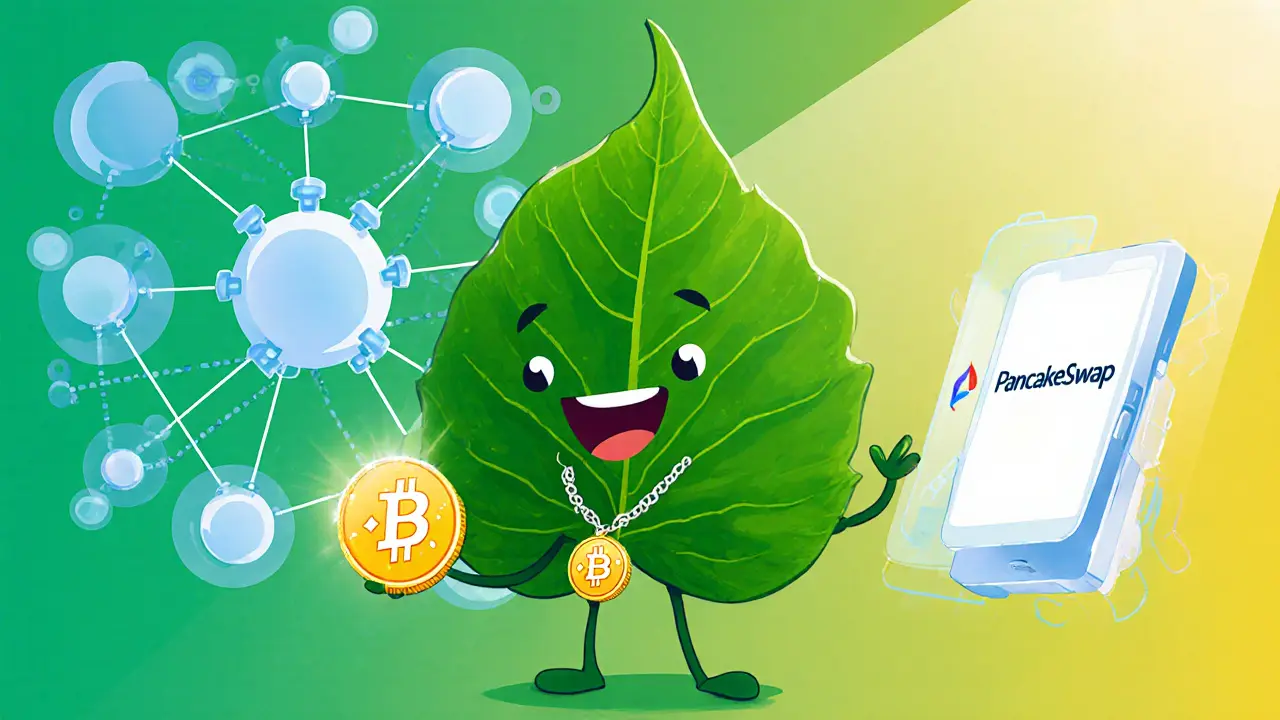A clear, up‑to‑date guide on OXYLON (OXL): token specs, eco‑utility, how to buy, risks, and FAQs for investors.
BEP-20 Token Standard
When working with BEP-20, a token protocol built for the Binance Smart Chain that mirrors the Ethereum ERC‑20 model while adding faster finality and lower fees. Also known as BEP20, it lets developers create fungible assets that can be swapped, staked, or used in smart contracts across the BSC ecosystem. Binance Smart Chain, a high‑performance blockchain that runs parallel to Binance Chain and supports the Ethereum Virtual Machine provides the execution layer for BEP‑20 tokens, making transaction costs a fraction of those on Ethereum. Because BEP‑20 mirrors ERC‑20 functionality, wallets, DEXes, and liquidity pools built for ERC‑20 can often be reused with minimal tweaks, which is why many projects launch on BSC first to tap into its growing user base. This interoperability creates a clear semantic link: BEP‑20 encompasses token standards, ERC‑20 influences its design, and Binance Smart Chain hosts its deployment.
Why BEP-20 Matters for DeFi, Airdrops, and Liquidity
In the DeFi world, DeFi, decentralized finance applications that rely on smart contracts to provide lending, swapping, and yield farming services leans heavily on token standards that are cheap and fast. BEP‑20 tokens power many of the most active liquidity pools on platforms like PancakeSwap, where single‑sided and dual‑sided liquidity models compete for capital efficiency. When a project launches a crypto airdrop, a free distribution of tokens to eligible wallets, often used to bootstrap community engagement, BEP‑20’s low gas fees make it feasible to reward thousands of users without draining the treasury. The token’s attribute “transferability” enables seamless airdrop claims, while its “burnable” attribute lets projects reduce supply over time, influencing price dynamics. Moreover, smart contracts written for BEP‑20 can incorporate vesting schedules, anti‑whale mechanisms, and automated rewards, showing that BEP‑20 requires smart contract logic to deliver advanced tokenomics. These relationships illustrate how DeFi influences BEP‑20 adoption, how token airdrops benefit from its efficiency, and how liquidity pools depend on its standards.
Below you’ll find a curated selection of articles that dive deeper into these topics. From technical guides on blockchain immutability to step‑by‑step airdrop tutorials, each post shows how BEP‑20 interacts with broader crypto concepts. Whether you’re looking to understand token standards, compare exchange fees, or explore the latest DeFi strategies, the collection provides actionable insights you can apply right away.

